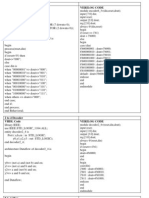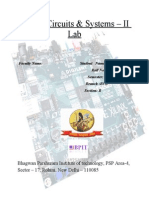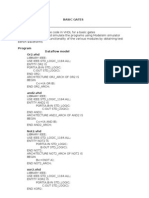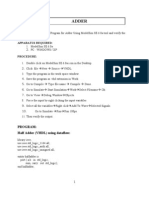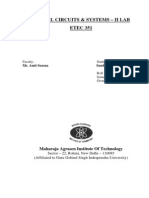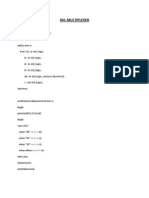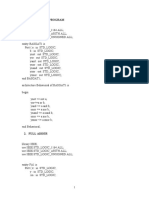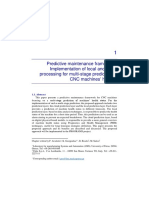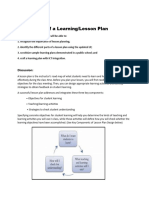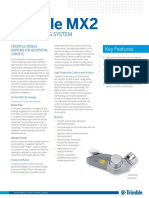0% found this document useful (0 votes)
170 views32 pagesRogram No: 1 AIM: Write HDL Code To Realize All The Logic Gates
The document contains HDL code examples for implementing various digital logic circuits including logic gates, decoders, multiplexers, comparators, and full adders using both VHDL and Verilog. The examples demonstrate different modeling styles such as dataflow, behavioral, and structural modeling. A variety of combinational logic circuits are implemented ranging from basic gates to more complex functions.
Uploaded by
Pranav LatkarCopyright
© Attribution Non-Commercial (BY-NC)
We take content rights seriously. If you suspect this is your content, claim it here.
Available Formats
Download as DOC, PDF, TXT or read online on Scribd
0% found this document useful (0 votes)
170 views32 pagesRogram No: 1 AIM: Write HDL Code To Realize All The Logic Gates
The document contains HDL code examples for implementing various digital logic circuits including logic gates, decoders, multiplexers, comparators, and full adders using both VHDL and Verilog. The examples demonstrate different modeling styles such as dataflow, behavioral, and structural modeling. A variety of combinational logic circuits are implemented ranging from basic gates to more complex functions.
Uploaded by
Pranav LatkarCopyright
© Attribution Non-Commercial (BY-NC)
We take content rights seriously. If you suspect this is your content, claim it here.
Available Formats
Download as DOC, PDF, TXT or read online on Scribd
/ 32
